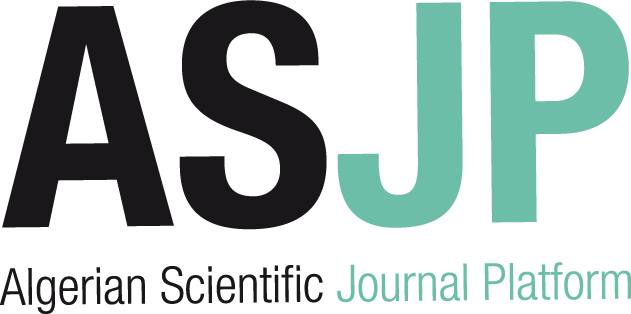[article]
| Titre : |
Adsorption of four representative biological compounds onto graphite nanofibers |
| Type de document : |
texte imprimé |
| Auteurs : |
Dorothy W. Skaf, Auteur ; Michael A. Smith, Auteur ; Kevin C. Brodwater, Auteur |
| Année de publication : |
2012 |
| Article en page(s) : |
pp. 8286–8292 |
| Note générale : |
Industrial chemistry |
| Langues : |
Anglais (eng) |
| Mots-clés : |
Adsorption Nanofibers |
| Résumé : |
The present study investigates the adsorption of four compounds important in carbon adsorption hemoperfusion. Graphite nanofibers (GNFs) having different carbon plane orientations have structural features that make them potentially attractive in this application compared to activated carbon. Generally, adsorption capacity increased in the order of ribbon > herringbone > platelet fiber types. All fibers were poor adsorbents for creatinine. Herringbone and platelet fibers had sorption capacities less than 25% of activated carbon for all adsorbates on a mass basis. Except for vitamin B12, behavior of ribbon fibers was similar; vitamin B12 adsorption was nearly 50% greater than activated carbon on a mass basis. In contrast, on the basis of surface area, all of the fibers were comparable to or outperformed activated carbon for the adsorption of all adsorbates. This suggests that in addition to BET surface area, interactions between adsorbate and exposed basal planes in carbon are important in determining adsorption capacity. Chemical treatment with hydrochloric acid or with urea followed by thermal treatment did not significantly change the fiber surface area, micropore volume, or equilibrium adsorption. Nitric acid treatment of herringbone and ribbon fibers slightly decreased the surface area but did not enhance adsorption, whereas this treatment degraded platelet fibers. |
| ISSN : |
0888-5885 |
| En ligne : |
http://pubs.acs.org/doi/abs/10.1021/ie201788j |
in Industrial & engineering chemistry research > Vol. 51 N° 24 (Juin 2012) . - pp. 8286–8292
[article] Adsorption of four representative biological compounds onto graphite nanofibers [texte imprimé] / Dorothy W. Skaf, Auteur ; Michael A. Smith, Auteur ; Kevin C. Brodwater, Auteur . - 2012 . - pp. 8286–8292. Industrial chemistry Langues : Anglais ( eng) in Industrial & engineering chemistry research > Vol. 51 N° 24 (Juin 2012) . - pp. 8286–8292
| Mots-clés : |
Adsorption Nanofibers |
| Résumé : |
The present study investigates the adsorption of four compounds important in carbon adsorption hemoperfusion. Graphite nanofibers (GNFs) having different carbon plane orientations have structural features that make them potentially attractive in this application compared to activated carbon. Generally, adsorption capacity increased in the order of ribbon > herringbone > platelet fiber types. All fibers were poor adsorbents for creatinine. Herringbone and platelet fibers had sorption capacities less than 25% of activated carbon for all adsorbates on a mass basis. Except for vitamin B12, behavior of ribbon fibers was similar; vitamin B12 adsorption was nearly 50% greater than activated carbon on a mass basis. In contrast, on the basis of surface area, all of the fibers were comparable to or outperformed activated carbon for the adsorption of all adsorbates. This suggests that in addition to BET surface area, interactions between adsorbate and exposed basal planes in carbon are important in determining adsorption capacity. Chemical treatment with hydrochloric acid or with urea followed by thermal treatment did not significantly change the fiber surface area, micropore volume, or equilibrium adsorption. Nitric acid treatment of herringbone and ribbon fibers slightly decreased the surface area but did not enhance adsorption, whereas this treatment degraded platelet fibers. |
| ISSN : |
0888-5885 |
| En ligne : |
http://pubs.acs.org/doi/abs/10.1021/ie201788j |
|


 Ajouter le résultat dans votre panier Faire une suggestion Affiner la recherche
Ajouter le résultat dans votre panier Faire une suggestion Affiner la rechercheAdsorption of four representative biological compounds onto graphite nanofibers / Dorothy W. Skaf in Industrial & engineering chemistry research, Vol. 51 N° 24 (Juin 2012)











